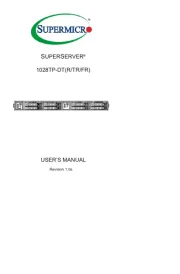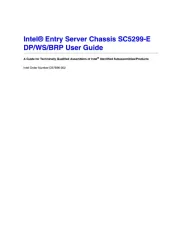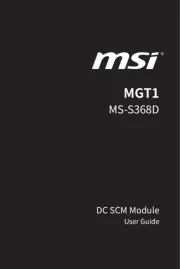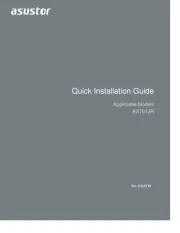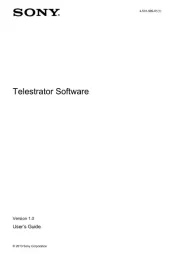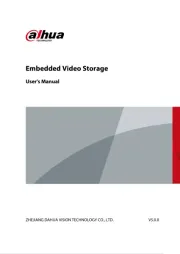HP E ProLiant MicroServer Gen10 Manual
Læs gratis den danske manual til HP E ProLiant MicroServer Gen10 (89 sider) i kategorien Server. Denne vejledning er vurderet som hjælpsom af 13 personer og har en gennemsnitlig bedømmelse på 4.7 stjerner ud af 7 anmeldelser.
Har du et spørgsmål om HP E ProLiant MicroServer Gen10, eller vil du spørge andre brugere om produktet?

Produkt Specifikationer
| Mærke: | HP |
| Kategori: | Server |
| Model: | E ProLiant MicroServer Gen10 |
Har du brug for hjælp?
Hvis du har brug for hjælp til HP E ProLiant MicroServer Gen10 stil et spørgsmål nedenfor, og andre brugere vil svare dig
Server HP Manualer










Server Manualer
- SIIG
- G-Technology
- QNAP
- Mr. Signal
- Mobotix
- Barco
- Maxdata
- Areca
- Asus
- Axis
- Technics
- Netgear
- Fantec
- ELAC
- Asrock
Nyeste Server Manualer



